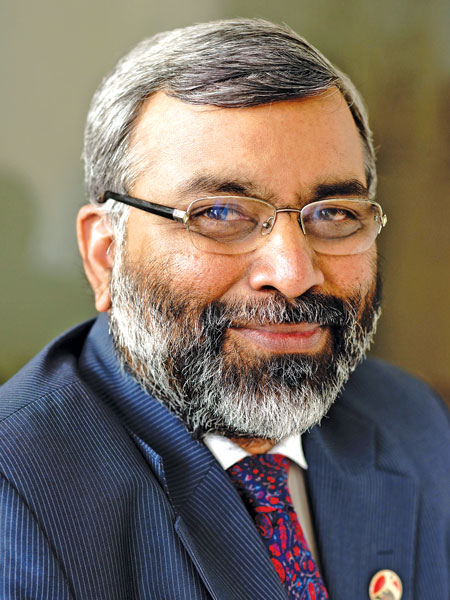Adequate effort should be put into all aspects of planning which has to be in-depth and realistic.
Sunil Srivastava, Managing Director, Balaji Railroad Systems How do you track the growth scenario of Railways/Metro rail sector? Over the last decade or so the growth of Metro has been quiet rapid. During this period the metro network almost tripled to about 750 km across 18 cities. Another 1,032 km of metro networks have been

Sunil Srivastava, Managing Director, Balaji Railroad Systems
How do you track the growth scenario of Railways/Metro rail sector?
Over the last decade or so the growth of Metro has been quiet rapid. During this period the metro network almost tripled to about 750 km across 18 cities. Another 1,032 km of metro networks have been approved, expanding to 27 cities by 2025. Until 2012, all the metro systems were established in cities with populations above 10 million and high passenger densities. But following the 2013 guidance from the central government that cities with populations above two million could consider constructing metro rail systems, even smaller cities have started to build metros. Going forward this momentum will continue and with the increased investment in Railways the coming years are bound to be high growth for this sector.
Government has allocated record Rs 2.4 lakh crore for Railways in the Union Budget. What further developments do you look forward for railways?
It is indeed a welcome step that for the very first time in recent past such a large amount has been allocated to IR. This amount is going towards upgradation of track for higher speeds, procurement of high speed train sets, modernization of stations, yards, good sheds etc. However, spending this large amount is not an easy task. This requires vast amount of planning, monitoring and above all quality human resources to implement such a large plan successfully. Looking at the history of IR, I am worried that they may not have adequate bandwidth to handle this huge amount efficiently and hence a number of projects may flounder after take-off. My view is that instead of straight jumping into any major project implementation, adequate effort should be put into all aspects of planning which has to be in-depth and realistic, only then projects can be implemented smoothly and successfully.
How do you assess the need to have a foolproof safety system and its proper execution in the backdrop of the Odisha train accident?
Safety is always a priority in any transportation system whether there is an accident or not. Yes, an accident makes everyone more aware of its need and also pushes authorities to do a critical review of the existing safety systems. As for making it foolproof is concerned, every system is designed to be as safe as possible. It is usually the implementation or monitoring of the system that becomes weak over time. This needs constant review and strict monitoring. Any system is as foolproof or safe as its monitoring since there is always a human element involved.
What is your outlook on railways/metro as a greener transportation medium in the future?
While on the face of it they certainly appear greener than other transportation systems, but an in-depth analysis will show that this is not entirely true. Power needed to run these systems still comes from large power plants run on fossil fuel. To make them truly green, they need to use power from non-fossil fuel like solar, hydro etc. True green will happen only then.

Hits: 0












